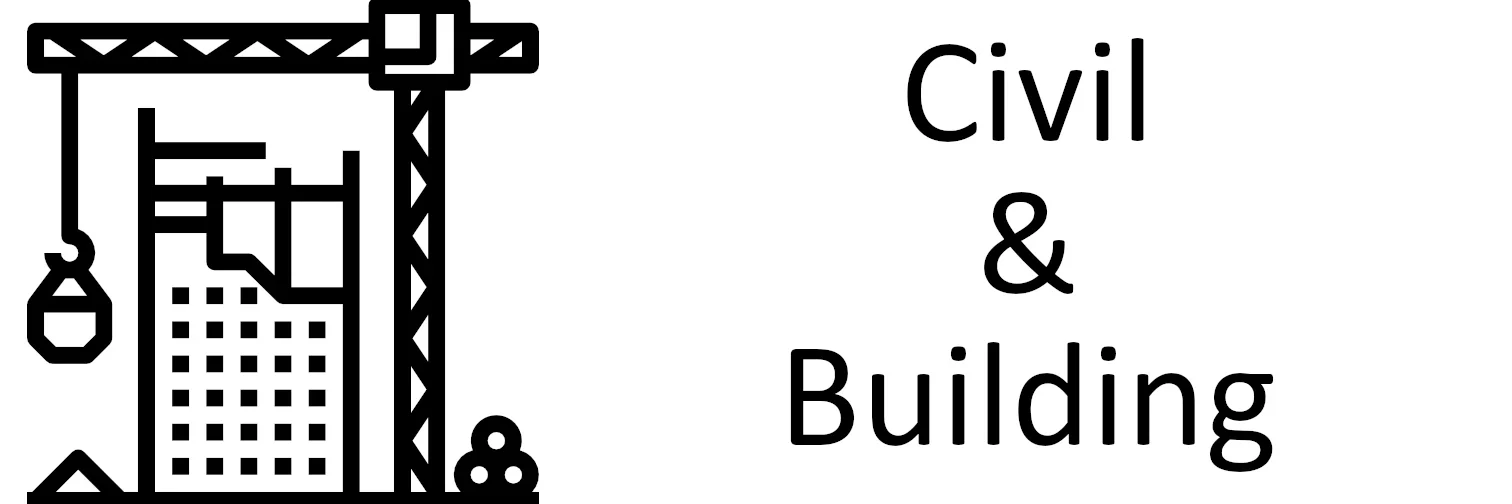Timbering
For ages, the ancient building method known as timbering has been essential to maintaining the stability and safety of excavation sites and subterranean buildings. This age-old technique uses wood or wood support structures to strengthen and shield areas that are prone to cave-ins or collapse. We’ll discuss what timbering is, why it’s important, and how it’s done in this blog.

Describe Timbering.
Timbering is a construction technique where wooden support structures are installed in tunnels, excavation sites, and other underground spaces. It is often referred to as shoring or bracing. Preventing the surrounding rock or soil from collapsing onto personnel and machinery while excavation is underway is the main objective of timbering.
Why Does Timbering Matter?
Timbering is important for a number of reasons.
- Worker Safety: Preserving the safety of construction workers is the primary motivation behind timbering. Excavation sites are prone to instability and present a substantial danger of cave-ins and accidents if not supported properly.
- Shape Preservation: Timbering aids in keeping the tunnel or excavation’s intended dimensions and shape. This is necessary to ensure that structures can be erected according to design and to meet project standards.
- Groundwater Control: Timbering can assist in controlling groundwater penetration during subterranean construction, reducing floods and preserving a dry working environment.
- Support for Adjacent Structures: To keep the foundations of surrounding buildings or structures solid during excavation, timbering may be employed.
How Can I Wood?
There are various steps involved in the timbering process:
- Site Assessment: To choose the best timbering technique, engineers evaluate the soil and rock characteristics, the excavation’s depth, and other site-specific elements.
- Picking a Timbering Technique: There are several ways to timber, including frame sets, rib and lagging, shoring, sheeting and bracing, and cribbing. The decision is based on the project specifications and the particular site conditions.
- Installation: After the technique is selected, the design plan is followed to place the timbering components—such as wooden beams, boards, and vertical supports—within the excavation. The walls and roof are structurally supported by these parts.
- Monitoring and Adjustments: As excavation moves forward, timbering may need to be adjusted on a regular basis to make sure it keeps providing enough support. Its engineers and laborers keep an eye out for any indications of movement or instability.
- Removal: The timbering is carefully removed once the excavation is finished, making sure that the surrounding rock or soil has been sufficiently stabilized and compacted.
In conclusion, timbering is an essential technique in excavation and construction that is dependable for worker safety, groundwater control, and excavation form maintenance. The safety and success of subterranean projects can be guaranteed by construction professionals by having a thorough understanding of timbering, its importance, and how to do it appropriately.
